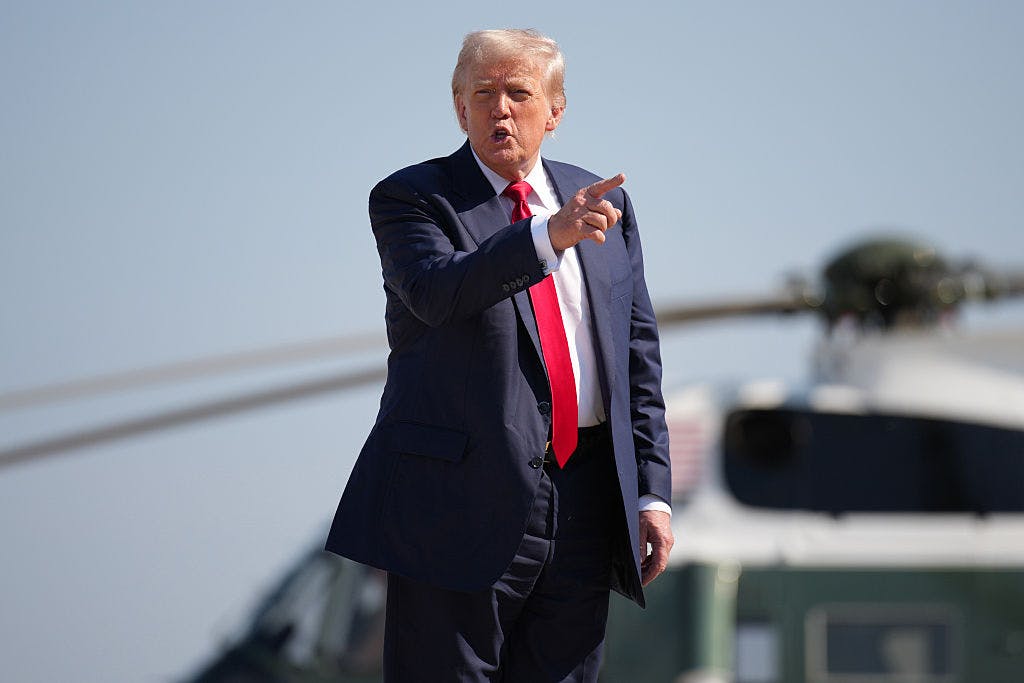The Trump administration embarked on an assertive economic policy, strategically negotiating a series of international trade deals as an August 1 deadline for imposing tariffs loomed. These comprehensive agreements aimed to recalibrate global economic relationships, moving beyond previous frameworks and introducing new US tariffs designed to protect American interests while fostering reciprocal market access. The period leading up to this deadline was marked by intense diplomatic activity, as nations worldwide engaged in discussions to redefine their commercial ties with the United States.
Among the significant breakthroughs was a trade agreement forged with the United Kingdom. This pact, finalized in May, provided enhanced access for the United States to the British market, concurrently bolstering industrial sectors in both countries, including the steel industry. Despite the new arrangement, the United Kingdom agreed to a 10% tariff on a majority of its exports to the U.S., signaling a balanced approach to the evolving landscape of international trade.
A particularly noteworthy achievement was described by President Trump as the “biggest of all” trade deals, secured with the European Union. Under this substantial agreement, the EU committed to a “straight across” 15% tariff on most of its exports, including automobiles. This significant reduction from an initial proposed 30% tariff underscored a major diplomatic success, with European leaders expressing optimism that the deal would bring much-needed stability and predictability to global economic interactions.
Another monumental pact, hailed as “perhaps the largest Deal ever made,” was struck with Japan. This agreement entailed a massive investment exceeding $500 billion by Japan in the United States, coupled with a reciprocal 15% tariff on Japanese goods exported to America. Crucially, the deal also reduced tariffs on Japanese auto exports, further cementing a robust economic alliance and demonstrating a commitment to fair international trade.
Beyond traditional partners, the Trump administration also extended its reach to countries like Pakistan and Indonesia, securing distinct trade deals. The agreement with Pakistan focused on developing its vast oil reserves and adjusting tariff rates, while the Indonesian deal was touted as eliminating “99%” of Indonesia’s trade barriers, opening avenues for American-made products. These diverse agreements reflected a comprehensive strategy to reshape the global economy through strategic US tariffs and market liberalization.
Further reinforcing this economic policy, agreements were reached with South Korea, Vietnam, and the Philippines. South Korea saw its market fully open to US trade with a 15% tariff on its exports, a reduction from an initial 25%. Vietnam agreed to open its market to US goods with a 20% tariff, significantly lower than the initial 46%. The Philippines similarly committed to a 19% tariff for its exports, while US goods would enter tariff-free, highlighting a consistent approach across various international trade negotiations.
In a demonstration of the dynamic nature of these negotiations, trade deals were also finalized with Thailand and Cambodia following a ceasefire between the two nations. These agreements underscored how political stability and diplomatic resolutions could directly influence the progress of international trade talks, allowing for the establishment of new economic frameworks under the Trump administration’s watchful eye.
Despite the successes, the Trump administration continued to engage in complex international trade discussions with major partners such as China, Canada, and Mexico. While progress was reported in talks with China regarding rare earth elements and tariff reciprocity, negotiations remained ongoing. Discussions with Canada faced challenges, particularly regarding its stance on a Palestinian state, while the intricate border dynamics complicated efforts to finalize a deal with Mexico, showcasing the persistent complexities inherent in global economic policy.






Leave a Reply